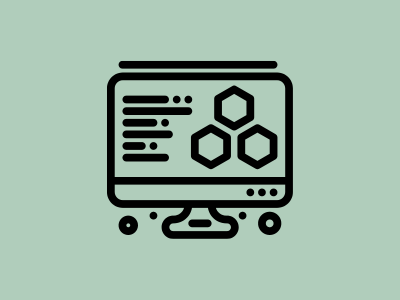Exploring Penetration Testing Tools for Web Applications: Enhancing Security in the Digital Age

In today’s digital landscape, where web applications play a pivotal role in businesses and everyday activities, ensuring their security is paramount. With cyber threats becoming increasingly sophisticated, organizations must adopt robust measures to safeguard their web applications from potential breaches. One such crucial measure is penetration testing, a proactive approach aimed at identifying vulnerabilities before malicious actors exploit them. In this article, we delve into the world of penetration testing tools specifically designed for web applications, exploring their significance and functionality in fortifying digital defenses.
Table of Contents
Understanding Penetration Testing Tools:
Penetration testing tools are specialized software designed to simulate cyber attacks on web applications, allowing organizations to identify and rectify vulnerabilities before they are exploited by malicious actors. These tools employ a variety of techniques, ranging from automated scans to manual assessments, to uncover weaknesses in the application’s security defenses. By providing insights into potential entry points and weaknesses, penetration testing tools enable organizations to fortify their digital infrastructure and enhance overall security posture.
Importance of Web Application Security:
Web application security is of paramount importance in today’s interconnected digital landscape. With the increasing reliance on web applications for various functions, such as online transactions, data storage, and communication, the risk of cyber threats targeting these applications has also risen significantly. A breach in web application security can lead to severe consequences, including data theft, financial loss, and damage to reputation. Therefore, ensuring robust security measures for web applications is crucial to safeguard sensitive information and maintain trust among users and stakeholders.
Key Features to Look for in Penetration Testing Tools:
When selecting penetration testing tools for web applications, it’s essential to consider several key features to ensure comprehensive security assessment. These features may include advanced scanning capabilities to detect vulnerabilities across different layers of the application, support for both manual and automated testing methodologies, integration with existing security frameworks, and robust reporting functionalities. Additionally, flexibility, scalability, and ease of use are also important factors to consider when evaluating penetration testing tools for optimal effectiveness in enhancing web application security.
Top Penetration Testing Tools for Web Applications:
Several penetration testing tools have gained prominence for their effectiveness in identifying and mitigating security risks in web applications. Among the top contenders are Burp Suite, OWASP ZAP, Acunetix, Nessus, and Metasploit. Each of these tools offers unique features and functionalities tailored to meet the diverse needs of organizations, ranging from small businesses to large enterprises. Whether it’s automated vulnerability scanning, manual testing, or comprehensive reporting, these tools provide the necessary arsenal to conduct thorough security assessments and strengthen defenses against cyber threats.
Best Practices for Effective Web Application Security Testing:
Effective web application security testing requires adherence to best practices to ensure thorough assessment and mitigation of vulnerabilities. Some key practices include conducting regular and comprehensive security assessments using a combination of automated and manual testing techniques, prioritizing vulnerabilities based on severity and potential impact, staying updated on emerging threats and vulnerabilities, and fostering a culture of security awareness and collaboration among development and security teams.
Challenges and Considerations in Penetration Testing:
While penetration testing is an invaluable tool for enhancing web application security, it also comes with its own set of challenges and considerations. These may include the complexity of modern web applications, which often comprise dynamic and interconnected components, the need for skilled and experienced security professionals to interpret test results accurately, and the potential disruption to normal business operations during testing. Additionally, ensuring compliance with regulatory requirements and ethical considerations in conducting penetration testing are also crucial aspects to consider.
Future Trends in Web Application Security:
The landscape of web application security is continually evolving, driven by advancements in technology and the ever-changing threat landscape. Future trends in web application security are likely to focus on areas such as artificial intelligence and machine learning-powered security solutions for proactive threat detection and mitigation, the integration of security into the DevOps pipeline for seamless and continuous security testing, and the adoption of blockchain technology for enhanced data integrity and authentication mechanisms. Additionally, as web applications become more interconnected and decentralized, there will be a greater emphasis on securing APIs and microservices to mitigate emerging threats effectively.
Conclusion:
In conclusion, the realm of web application security is constantly evolving, driven by the relentless efforts of both cybersecurity professionals and malicious actors. Penetration testing tools serve as indispensable assets in this ongoing battle, empowering organizations to stay one step ahead in identifying and mitigating potential threats. By comprehensively assessing the security posture of web applications, these tools enable proactive measures to strengthen defenses and mitigate risks. However, it’s crucial to acknowledge that penetration testing is just one aspect of a holistic security strategy, and regular updates, patches, and employee training are equally essential. As we navigate the complexities of the digital age, embracing advanced tools and best practices in web application security will be instrumental in safeguarding sensitive data and preserving trust in the online ecosystem.





